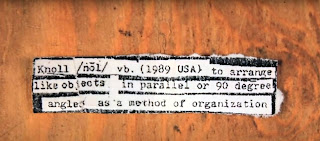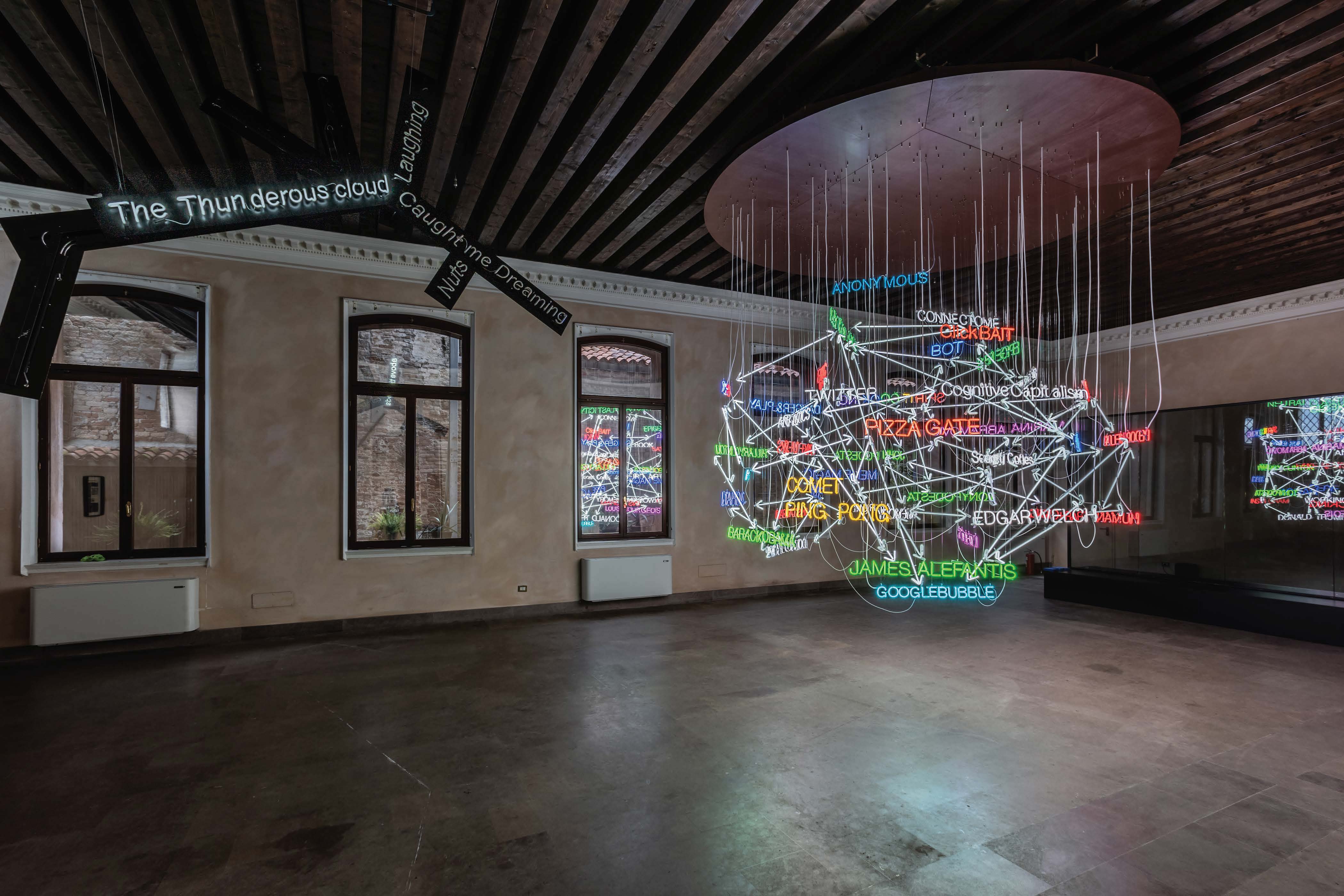According to the Metropolitan Museum of Art the Surrealist artist, "Brassaï collected and photographed tiny castoff scraps of paper that had been rolled, folded, or shaped unconsciously by idle hands-readymade Surrealist objects that represent what Rosalind Krauss has described as "the automatic writing of the world." A selection of these images was published in the following year in the avant-garde magazine Minotaure accompanied by captions written by Salvador Dali."
"What happens when sculpture ceases to be quite so controlled, when
it lets itself be dictated by principles of chance, determined by its environment
or by the circumstances of its reception and documentation? For the brute
activities listed above we could substitute a different set of much less ‘voluntary’
ones: fingering, fiddling, propping and shuffling, to which should be added the
instantaneous snapping of the camera lens. Where sculpture is ‘found’ and not
‘made’, or indeed exists somewhere between the two, it can also become less
material and more obviously contingent – a form of a thing, or a formation of
things, captured at a specific time. If ‘voluntary’ sculpture suggests the production
of a deliberate material configuration, set forever in hard matter, ‘involuntary’
sculpture points to its own transience or its role as part of an ongoing process,
where it exists beyond a serendipitous photographic image.
This volume takes its cue from a selection of photographs by Brassaï with
captions by Salvador Dalí published in the surrealist periodical Minotaure in 1933
and bearing the title ‘Involuntary Sculptures’ (Figure I.1). Scraps of everyday
debris – including rolled-up bus tickets, a piece of bread roll, a curl of soap from a
sink and a blob of toothpaste – featured in photographic close-up as ‘automatic’
sculptural configurations. These banal and non-artistic objects (one of the tickets
was allegedly found screwed up in the pocket of a bank employee) were intended
at least in part as a riposte to the prevailing perception of sculpture at the time...
Brassaï and Dalí’s photo-essay provides a tantalising evocation of sculptural
possibility, where forms are both shaped by human hands, sometimes with
little conscious thought (the rolled bus ticket), and subject to ‘organic’ growth
(the piece of bread rising and changing shape in the oven). It also freezes its
array of objects at a given moment, before they are discarded, swept or wiped
away, dissolved or eaten... the parameters of ‘sculpture’ are challenged and expanded,
while photography fulfils simultaneous (and potentially contradictory) functions
of auratic reproduction and quasi-scientific documentation."
-Anna Dezeuze and Julia Kelly





















